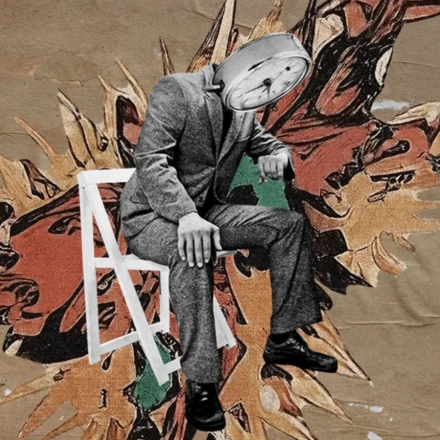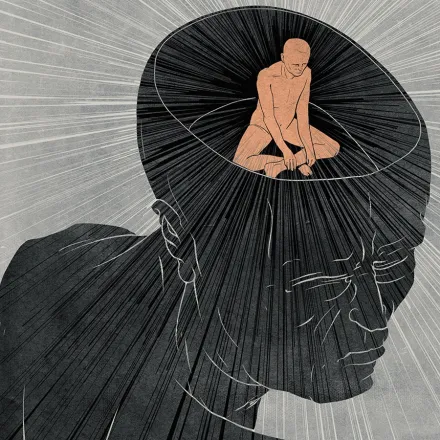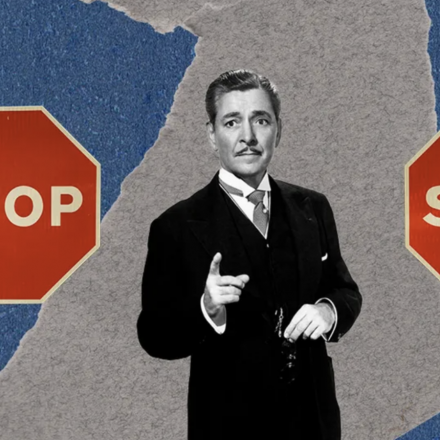Everyone has experienced moments when their own actions felt like a betrayal of themselves. But what is this feeling? Why does it happen that we betray ourselves and then blame others for it?
When a person tends to abandon their own desires and needs, giving themselves over to others without limits, they begin to see those around them as enemies or consumers. This is especially common among women who don’t trust the world and build relationships based on manipulation, control, and hidden management. But the most interesting part is that this is not just about bad relationships, but a deep tendency to betray oneself.
Reasons for Self-Abandonment
The root of such behavior lies in deep feelings of insecurity and fear. A woman who abandons her needs and builds relationships on manipulation often does so unconsciously. She believes that if she can control others, she will avoid pain and disappointment. But in reality, she becomes a prisoner of this behavior.
In such cases, it is not uncommon to see aggressive and hostile reactions or, on the contrary, complete emotional "freezing." Instead of sincere relationships, the person chooses either to run away or to hide their true feelings. Sometimes women start pleasing others, but deep down they are harboring plans of revenge or escape.
Destructive Behavior Patterns
A person who betrays themselves often surrounds themselves with "enemies." This could be a friend, colleague, partner, or even a family member. Relationships turn into a battlefield where there is always hidden or open rivalry. Manipulation becomes the main tool of communication, leading to constant tension and mistrust.
Aggressive or passive-aggressive behavior, the inability to be sincere — these are all consequences of inner conflict. The external world is perceived as a threat, and the person retreats into themselves, trying to survive in a constant struggle with imaginary enemies.
How to Break the Cycle
The first step toward change is recognizing your tendency to self-betrayal. It’s not easy. Admitting that you are harming yourself is painful but necessary. It is important to understand that abandoning your own needs and desires in favor of others is a path to self-destruction.
The second step is having an honest dialogue with yourself. What do you really want? Why do you choose such behavior patterns? How can you learn to trust others without losing yourself?
Every person deserves to be heard and respected. But for that to happen, you must first learn to respect and listen to yourself.
Self-abandonment is not an innocent habit but a serious problem that destroys relationships and the individual. Conscious change of behavior patterns is a long and difficult process, but it is worth it. When a person begins to accept themselves and their desires, they are freed from the need to control and manipulate others. This opens the door to healthy, sincere, and supportive relationships, where there is no place for enemies or betrayals.


















